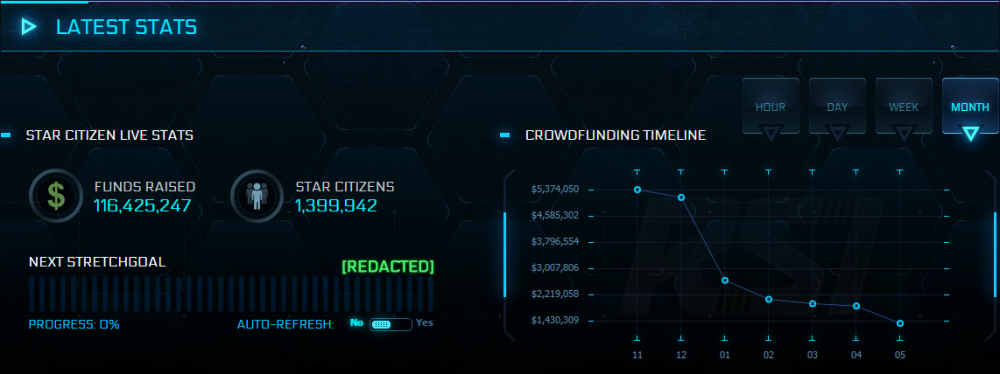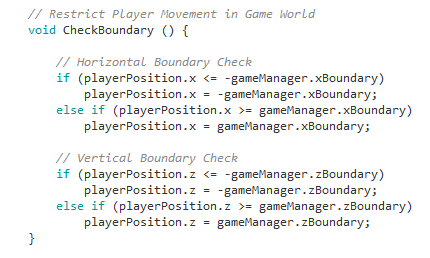Wayfinding & Storytelling Techniques
For our Level Development class we had a look at the GDC video titled ‘Level Design in a Day: Wayfinding & Storytelling Techniques’ by Brendon Chung (2015). I found that this talk relates to our lecture in week 2 about architectural structures, one of the examples being the Florence Cathedral aka Il Duomo di Firenze and how it stands out above the surrounding buildings using Hierarchy. Brendon spoke a lot about the player’s line of sight and also the games use of UI (user interface) and how it affects the players ability to navigate the level. Something that I found interesting about this was his mention of elevation to give the player a vantage point which allowed the player to easily scout the layout of the level.
 Il Duomo di Firenze (Florence, Italy)
Il Duomo di Firenze (Florence, Italy)
This concept is something that I had planned to do in my Portal 2 level for my first assignment. Using high vantage points will allow the player to easily scan the layout and create a mental map so to speak, which makes it easier to navigate. Something I plan to include in my level that was mentioned by Brendon is the fact that if the player gets lost, then it’s not the players fault, it is the designers. Through play testing this is something I want to ensure is perfected before completion so that the map can be both complex in design, but easy to navigate.
Regarding the players line of sight and “guaranteeing but not forcing” the player to see an event I immediately think about the ‘A Train to Catch’ mission from Borderlands 2. The player has to place Tina’s missiles on a roof and arm them before they are fired at the train, the way the level is set out is so the objective is between the players position and the event that is about to happen. This method guarantees the player will see the spectacle of the train derailing without taking control away from them and without obstructing their view with UI markers.

Borderlands 2 (2K Games, 2012)
Bibliography:
Brendon Chung. Level Design in a Day: Wayfinding & Storytelling Techniques. 2015. GDCVault.com. (http://www.gdcvault.com/play/1022117/Level-Design-in-a-Day)
 Figure 1.
Figure 1. (Screenshot retrieved [23.06.16] from https://robertsspaceindustries.com/funding-goals)
(Screenshot retrieved [23.06.16] from https://robertsspaceindustries.com/funding-goals) Figure 1.
Figure 1. Figure 2.
Figure 2.

 Missile guidance functionality
Missile guidance functionality Raiden (Seibu Kaihatsu, 1990)
Raiden (Seibu Kaihatsu, 1990)
